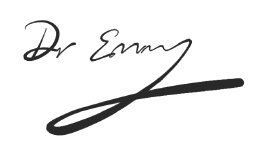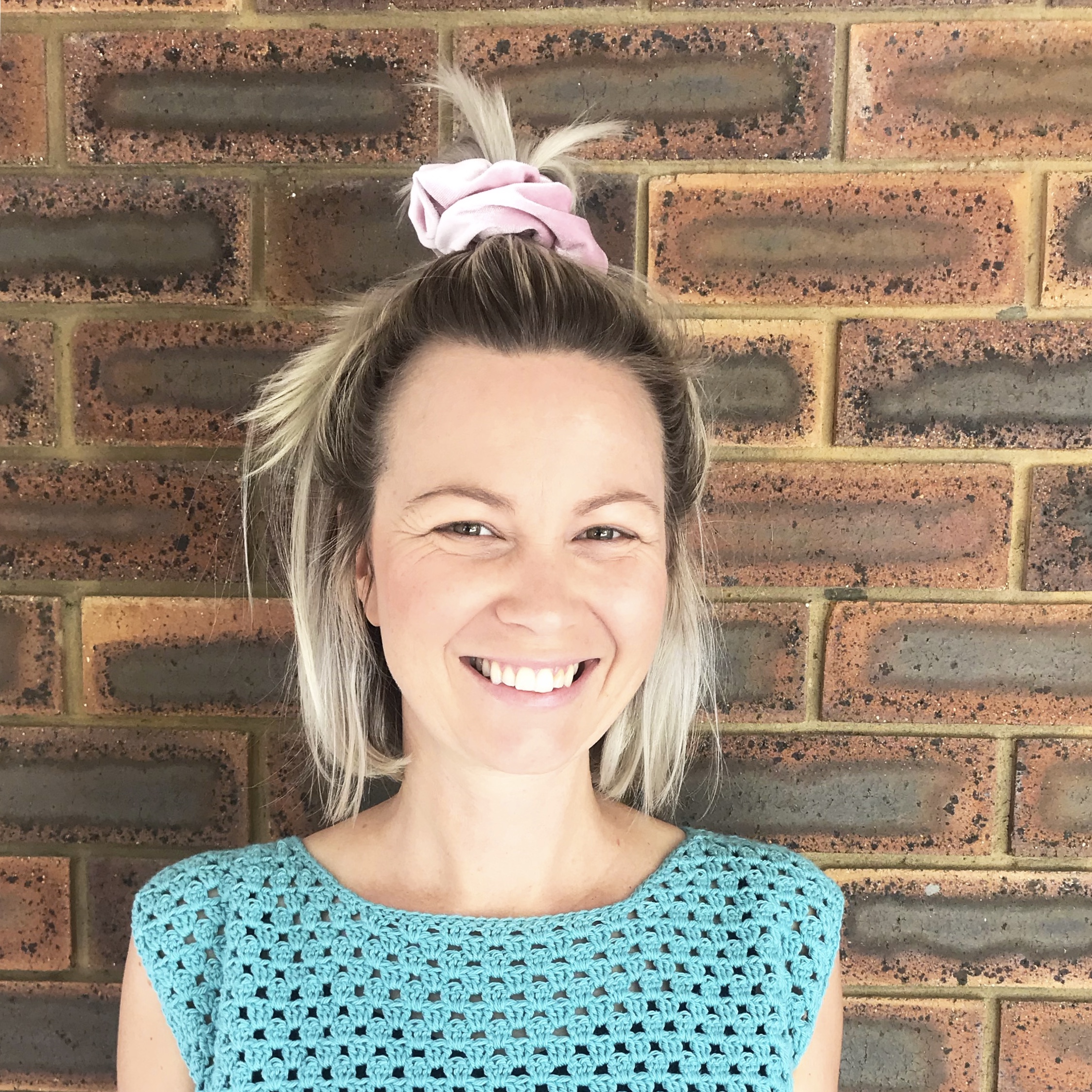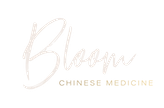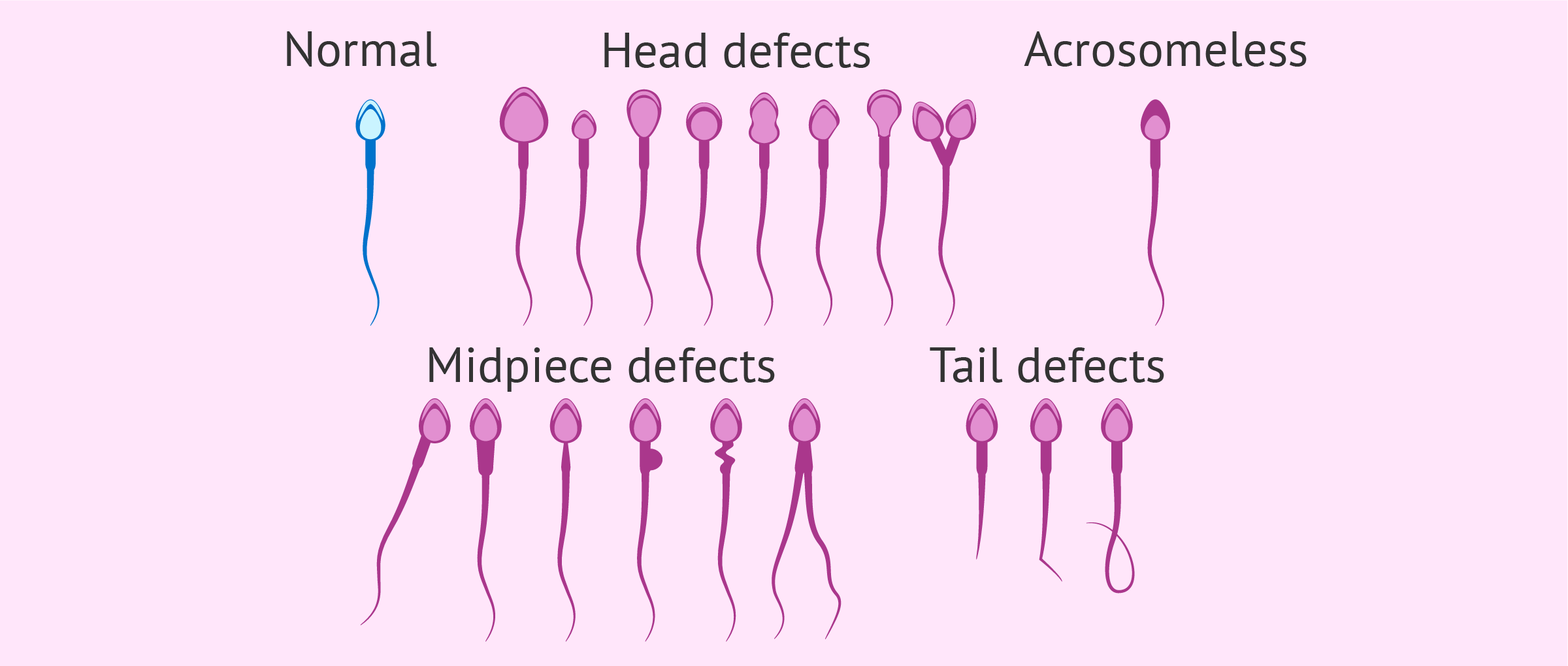Sperm Health: The Other Side of the Equation
Let’s talk about sperm, shall we?
When it comes to fertility, we tend to focus a lot on eggs and follicles, and not a whole lot on sperm. Last I heard, the making babies game required both the egg and the sperm. Thankfully here at Bloom Chinese Medicine, both Dr Grace and myself pay lots of attention to the second half of the equation. The World Health Organisation (WHO) sets the standards for minimum parameters for sperm quality and quantity – here’s a little background on sperm pathology testing for you:
In 1980 the minimum standards were as follows:
- Concentration: 20-200 million
- Motility: >60%
- Morphology: 80%
Fast forward to 2010 and the minimum standards significantly altered:
- Concentration: >15 million
- Motility: >39%
- Morphology: 4%
Let’s put some context as to what these parameters actually indicate.
Concentration.
This figure indicates the total number of sperm in the semen sample. So back in 1980, they were seeing minimum concentration of 20 million sperm in each semen sample, that’s 5 million more than the average in 2010. And not to mention they could be seeing as high as 200 million!
Motility.
This is checking that the sperm are actually moving around. Inactive sperm can not and will not get to the egg for fertilisation, so you see how this is important, right? In 1980 there were averages of over 60% of the sperm moving around, while in 2010, this figure reduced to 39%. There is also a sub-category, known as progressive motility which indicates that not only are they moving, but they are moving in the right direction… we all want them to get to the golden egg and this is how that’s done!
Morphology.
This is where they assess the sperm to make sure they are “normal” ie. they have one head and one tail. There can be sperm with two heads or two tails, wrongly shaped parts, or sometimes there’s just bits and pieces of sperm floating around. In 1980 the average morphology rates were 80%, then in 2010 this figure plummeted to an alarming rate of just 4%. That means that the average male is producing 4 out of every 100 sperm that are normal shape and size. Just think about that for a minute. Here’s a great analogy I heard once that might give you some context: If you were given a bunch of grapes with 100 grapes on it, and all of them were rotten except for 4, would you eat the 4 grapes that were left? Food for thought (pun intended)!
See the image below for a pictorial representation of what normal (blue) vs abnormal (pink) sperm looks like.
So in 30 years what do you think changed? There are lots of theories out there and to date none of them have been fully substantiated. Lifestyle, technology, diet, are all thought to be possible contributing factors. What we do see in clinic, is those that are willing to make some lifestyle and dietary changes, we can see these numbers change!
So what are some immediate changes that you can start doing today?
- Move mobile phones away from front pockets (or better yet, off the person all together)
- Get some air down there! It’s important to wear loose fitting underwear and clothing – we know that sperm require an optimal temperate around 34 degrees (or 2-4 degrees below your body temperature) for sperm production to occur
- Clean up the diet. Cut out greasy foods, alcohol (yes, really), caffeine and excessive sugar
- No more smoking
- Get acupuncture & take Chinese Herbs
It breaks my heart to see so many women go through the process of trying to conceive naturally or with assisted reproductive technologies (like IVF) and ALL the focus is on them. They can often feel like failures or that something is wrong with them. This post isn’t about switching the blame to the other party, it’s about recognising that it takes two to tango, and both parties need to be willing to do the work. The funny thing is, usually the lifestyle changes that are needed to make a baby, set you up for good habits for life, to keep you healthy and happy and enjoying the life of your child!
One more thing.
Don’t forget to enjoy the baby making process! We can sometimes get bogged down in figures and numbers, and maintaining schedules. Remember why you and your partner got together in the first place and why you want to make a baby together… let that be your focus and remember that the fertility journey, whilst it can be incredibly tough, can also be a wonderful opportunity to bring the two of you together.


About the Author:
Dr. Emily (Emmy) Cox (BHSc.Acu) joined the Bloom Chinese Medicine team in early 2019. Emily's passions in clinic lie in the areas of gynaecology, natural conception, fertility management, IVF support, pre and post-partum care, autoimmune disease management, and more. She is highly trained in these areas and is comprehensively trained in the highly effective Fertile Life Method.Over time Emmy has developed an interest in helping people to reach their full health potential, and offers a gentle style of treatment that focuses on the individual’s health goals. Learn more about Emily here.
Do you have any requests or suggestions? Please let us know!
Find Us
Maroochydore
Contact
Shop 2/106 Sixth Avenue, Maroochydore, QLD, 4558
Monday: 8:30am- 8.00pm
Tuesday: 9:00am – 8:00pm
Wednseday: 9:00am-8:00pm
Thursday: 8:30am – 8:00pm
Friday: 9:00am- 7:00pm
Saturday: 9:00am – 12:00pm
Bloom Chinese Medicine is an integrative Chinese medicine and acupuncture clinic committed to providing the best outcomes for our patients, and empowering them along their journey to optimal fertility and wellness. Centrally located in Maroochydore on the Sunshine Coast, we have visitors from local suburbs and all over Queensland.
Proudly servicing Buddina, Maroochydore, Mooloolaba, Alexandra Headland, Buderim, Kawana, Minyama, Parrearra, Warana, Birtinya, Bokarina, Wurtulla, Little Mountain, Caloundra, Aroona, Bells Creek, Meridian Plains, Palmview, Sippy Downs, Mountain Creek, Kuluin, Kunda Park, Diddillibah, Twin Waters, Pacific Paradise, Mudjimba, Marcoola, Bli Bli, Coolum, Yaroomba, Yandina, Ninderry, Valdora, Peregian Springs, Peregian Beach, Doonan, Noosaville, Noosa, Noosaville, Tewantin, Doonan, and Nambour.

